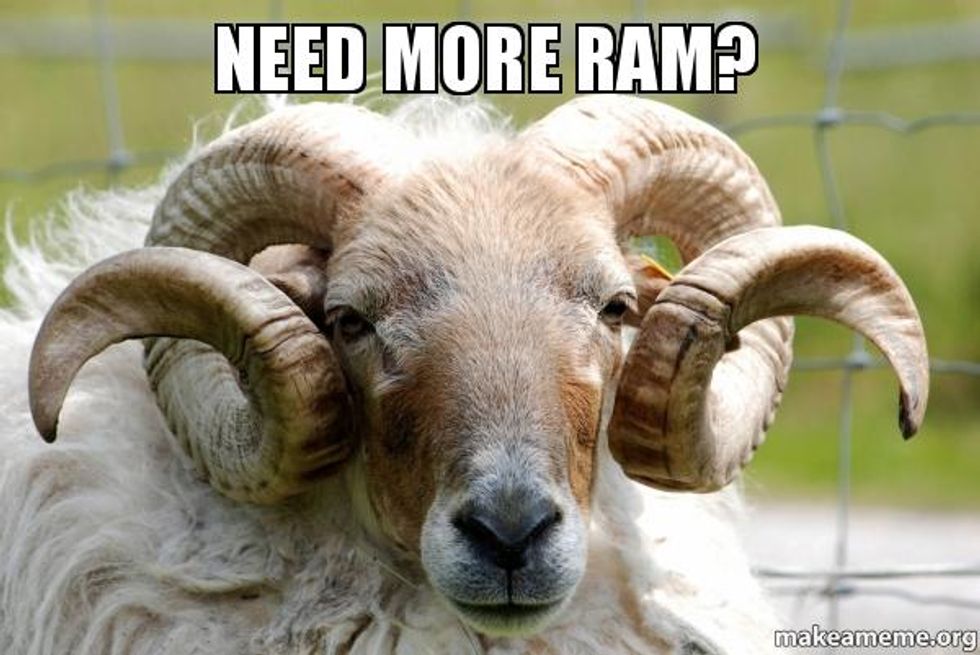We all consider ourselves "Rams" here at West Chester University, but do we actually know how our prided mascot, Rammy, lives his life? Not many of us do. If you want to consider yourself a Ram at heart, you should learn a little bit about Rammy and where he came from. Read below and brush up on your Rammy knowledge.
1. Rams are actually pretty defenseless minus their horns. For protection, they flock together and manage to keep a flight zone which is the empty space between themselves and other Rams.
2. Their horns serve as a symbol of status and are used as weapons in battle for mating rights.
3. They compete for the females (called Ewes) through "butting contests" where they collide horns when running.
4. A ram has very good eyesight to search for predators but poor depth perception.
5. Rams are herbivores and their diet consists of cacti, grasses, plants, and forbs. They use their horns to get rid of any spines.
6. Rams do not like to walk in water or move through narrow openings. They prefer to move into the wind and uphill.
7. Rams live for about 9-12 years.
8. West Chester University did not have a Ram Statue until August 17th, 2007.
9. Rammy is nine feet tall and weighs nearly one ton.
10. Even though Rams are not too intimidating, they are prideful and put a lot of passion and energy behind their goals.
11. The creator of Rammy is a wildlife sculptor named James Marsico who has a studio out of Cody, Wyoming.
12. The Ram is symbolic of many qualities. They are: determination, leadership, power, force, fearlessness, pride, protection, and renewal.
13. If taking a look into mythology, many Gods are associated with Rams. The Celtic God "Cernunnos" is shown with a ram-headed snake by his side. Some Gods from Greek, Indian, Roman, and Middle Eastern cultures are associated with Rams. Rams are clearly a big deal.
Next time you walk past our beloved Ram statue, I hope you feel closer to Rammy. Now you know what it really means to be a Ram, and you should be proud.





















